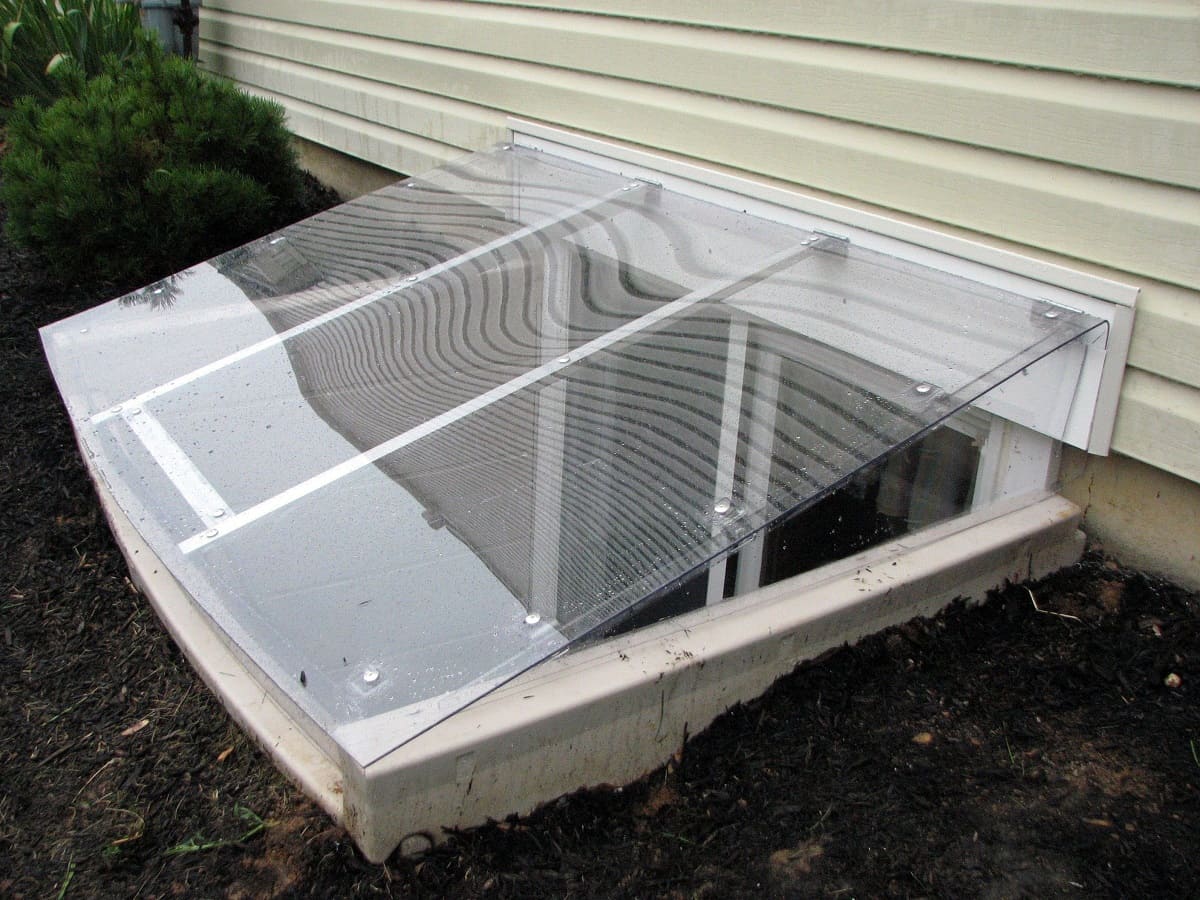

Articles
How To Cover Basement Windows
Modified: February 23, 2024
Learn how to cover basement windows with our informative articles. Discover tips and tricks to improve insulation and enhance the aesthetic of your space.
(Many of the links in this article redirect to a specific reviewed product. Your purchase of these products through affiliate links helps to generate commission for Storables.com, at no extra cost. Learn more)
Introduction
Basement windows play a crucial role in allowing natural light into your basement and preventing it from feeling dark and gloomy. However, these windows can also pose some challenges, such as privacy concerns, energy efficiency issues, and potential water damage. That’s why it is important to cover basement windows properly.
Covering basement windows not only addresses these challenges but also offers various benefits including increased privacy, improved insulation, and enhanced aesthetics. In this article, we will explore the importance of covering basement windows and discuss different types of window coverings that can be used to achieve this.
Whether you have a finished basement that needs a stylish window treatment or an unfinished basement that requires protection against the elements, finding the right window coverings can greatly improve the functionality and appearance of your basement.
So, let’s delve into the importance of covering basement windows and discover the various options available to transform your basement into a more comfortable and inviting space.
Key Takeaways:
- Transform your basement into a comfortable and stylish space by choosing the right window coverings to enhance privacy, energy efficiency, and overall visual appeal.
- From window wells to insulated panels, explore a variety of options to protect your basement from water damage, enhance safety, and provide added security while maintaining a stylish and functional space.
Read more: How To Cover Basement Pole
Importance of Covering Basement Windows
There are several reasons why covering basement windows is important. Let’s explore some of the key benefits:
- Increased Privacy: Basement windows often provide a direct view into your basement from the outside. This can be a privacy concern, especially if your basement is used as a living space or contains valuable items. By covering these windows, you can enjoy increased privacy and prevent prying eyes from peering into your basement.
- Improved Energy Efficiency: Uncovered basement windows can be a significant source of energy loss. They allow cold air to seep into your basement during the winter, making your heating system work harder to maintain a comfortable temperature. By covering these windows, you can improve the insulation of your basement, reduce heat loss, and lower your energy bills.
- Protection from Water Damage: Basements are prone to water intrusion, and uncovered windows can be a vulnerable entry point for water during heavy rain or flooding. By installing proper window coverings, such as window wells and covers, you can protect your basement from water damage and potential mold growth.
- Enhanced Security: Basement windows are often closer to the ground and therefore more accessible to intruders. By covering these windows, you can add an extra layer of security and deter potential break-ins.
- Aesthetics and Design: Basement windows, when left uncovered, can create an unfinished and unappealing look. By adding window coverings, you can improve the overall aesthetics of your basement, making it a more visually pleasing and inviting space.
Overall, covering basement windows is more than just a design choice. It serves as a practical solution to address privacy concerns, improve energy efficiency, prevent water damage, enhance security, and elevate the overall aesthetics of your basement. Now that we understand the importance of covering basement windows, let’s explore the different types of window coverings that you can consider for your basement.
Potential Problems of Exposed Basement Windows
Leaving basement windows exposed can lead to several potential problems. Let’s discuss some of the main issues that can arise:
- Lack of Privacy: Uncovered basement windows leave your property open to prying eyes. This lack of privacy can be a concern if your basement is used as a living space, home office, or entertainment area. Covering the windows ensures that your activities and belongings remain out of sight.
- Energy Inefficiency: Exposed basement windows can be a significant source of energy loss. They allow drafts to enter the basement, leading to increased heating and cooling costs. Covering the windows with insulation or energy-efficient coverings helps to maintain a comfortable indoor temperature and reduce energy consumption.
- Water Infiltration: Basement windows are more vulnerable to water intrusion due to their lower placement and proximity to the ground. If left uncovered, they can become entry points for rainwater or snowmelt during inclement weather or floods. This water infiltration can lead to moisture issues, mold growth, and potential damage to the basement structure and belongings.
- Security Risks: Unprotected basement windows can attract the attention of potential intruders. They provide an easy access point to your home, especially if the windows are within reach or can be easily broken. By covering the windows, you enhance the security of your property and deter unauthorized entry.
- Aesthetic Concerns: Exposed basement windows can detract from the overall aesthetics of your basement space. They may appear unfinished or out of place. Covering the windows with appropriate treatments, such as blinds, curtains, or window wells, can significantly enhance the visual appeal of your basement, making it more welcoming and cohesive with the rest of your home’s interior design.
Considering these potential problems, it becomes clear that taking steps to cover your basement windows is essential. Doing so not only addresses privacy, energy efficiency, water infiltration, security, and aesthetic concerns but also contributes to the overall comfort, functionality, and longevity of your basement space.
Types of Window Coverings for Basements
When it comes to covering basement windows, there are various options to choose from. Each type of window covering offers unique benefits and serves different purposes. Let’s explore some of the most common types:
- Window Wells and Covers: Window wells are structures built around basement windows to prevent soil and water from coming into contact with the window. They can be made of materials like metal or plastic. Window well covers provide additional protection by shielding the window from debris, leaves, and pests, while also enhancing safety and reducing the risk of accidents. These covers can be made from clear plastic, metal grates, or polycarbonate materials, allowing natural light to enter while keeping out unwanted elements.
- Blinds or Shades: Blinds and shades are a popular choice for basement windows due to their versatility and ability to control light and privacy. They come in various materials, designs, and opacity levels, allowing you to adjust the amount of light entering the room while maintaining privacy. Options include horizontal blinds, vertical blinds, or cellular shades, each offering their own unique set of benefits.
- Curtains or Drapes: Curtains and drapes are another popular window covering option for basements. They provide both style and functionality by adding visual interest to the space while also offering privacy and light control. You can choose from a wide range of fabrics, patterns, and colors to suit your basement’s decor.
- Frosted or Privacy Film: If privacy is your primary concern, applying frosted or privacy film directly onto your basement windows can be an effective solution. These films come in various patterns and designs, allowing natural light to pass through while preventing outsiders from seeing inside. They are easy to install and can be easily removed if desired.
- Insulated Panels: For basements that require additional insulation, insulated panels can be a great option. These panels are specifically designed to fit into the window frame, providing an extra layer of insulation to keep the basement warmer in winter and cooler in summer. They can be made of materials like foam or insulated glass and are highly effective at reducing energy loss.
Each type of window covering offers its own advantages and can be chosen based on your specific needs, preferences, and budget. It’s important to consider factors such as light control, privacy requirements, insulation needs, and overall aesthetics when selecting the right window covering for your basement.
Now that we’ve explored some of the types of window coverings available, let’s delve into each option in more detail to understand their features, benefits, and installation process.
Option 1: Window Wells and Covers
Window wells and covers are a popular choice for covering basement windows, offering both practical and aesthetic benefits. Let’s take a closer look at this option:
Features:
- Window Wells: Window wells are structures built around basement windows to prevent soil and water from coming into contact with the window. They can be made of materials like metal or plastic and provide a barrier between the window and the surrounding ground.
- Window Well Covers: Window well covers are protective barriers placed on top of window wells. They are designed to shield the window from debris, leaves, and pests, while also preventing accidental falls into the well. These covers can be made from clear plastic, metal grates, or polycarbonate materials, allowing natural light to enter the basement while keeping out unwanted elements.
Benefits:
- Protection from Water and Debris: Window wells and covers provide a layer of protection against water infiltration, keeping your basement dry and preventing potential water damage or flooding.
- Safety Enhancement: By covering the window well, you reduce the risk of accidents, particularly accidental falls into the well, which can be dangerous, especially for children or pets.
- Prevention of Pests: Window well covers act as a barrier against pests such as insects, rodents, and leaves, preventing them from entering your basement through the window well.
- Added Security: Window well covers can also enhance the security of your basement by deterring potential intruders from entering through the basement windows.
- Light and Ventilation: Clear plastic covers or grates allow natural light to enter the basement, brightening the space and providing ventilation when the window is opened.
Installation:
Installing window wells and covers typically requires professional assistance. The window wells are installed by excavating the area around the window and securing the well into the ground. The covers are then placed on top of the well and securely fastened.
Maintenance:
Regular maintenance is important to ensure the effectiveness of window wells and covers. Remove any debris, leaves, or snow that may accumulate on the covers to prevent them from becoming clogged or obstructed. Periodically check for cracks or damage and repair or replace the covers as needed. Additionally, ensure that the drains of the window wells are clear to prevent water from collecting.
Window wells and covers are a reliable and practical option for covering basement windows. They offer protection, safety, added security, and enhanced aesthetics. Consider this option if you have basement windows that are exposed below ground level and require additional shielding from water, debris, and pests.
Read more: How To Measure Basement Windows
Option 2: Blinds or Shades
Blinds and shades are a versatile and popular choice for covering basement windows, providing both functionality and style. Let’s take a closer look at this option:
Features:
- Blinds: Blinds are window coverings made up of horizontal or vertical slats that can be adjusted to control the amount of light and privacy. They are commonly made of materials such as aluminum, wood, or vinyl.
- Shades: Shades are window coverings made of fabric that can be raised or lowered to control light and privacy. They come in various styles, including roller shades, Roman shades, and cellular shades.
Benefits:
- Light Control: Blinds and shades provide excellent light control, allowing you to adjust the amount of natural light entering your basement. This is especially useful if you use your basement as a home office or entertainment space, where varying levels of light may be desired.
- Privacy: With blinds and shades, you have the ability to easily control the privacy of your basement. You can adjust the slats or raise and lower the shades according to your preference, ensuring that your space remains private when needed.
- Aesthetics: Blinds and shades come in a wide range of styles, colors, and materials, allowing you to choose a design that complements your basement decor and enhances its overall aesthetic appeal.
- Easy Maintenance: Blinds and shades are generally easy to clean and maintain. Regular dusting and occasional spot cleaning are usually sufficient to keep them looking fresh and new.
Installation:
Installing blinds or shades for basement windows is a straightforward process. It typically involves mounting the brackets onto the window frame or wall and securing the blinds or shades onto the brackets. Most blinds and shades come with installation instructions, and you might consider professional installation if you are unsure or if there are specific requirements for your basement windows.
Maintenance:
To keep blinds or shades in good condition, regular dusting with a soft cloth or duster is recommended. If necessary, spot clean any stains or marks using a mild detergent and warm water. Be sure to check the manufacturer’s instructions for specific cleaning recommendations for your chosen blinds or shades.
Blinds and shades offer a practical and stylish solution for covering basement windows. Their ability to control light and privacy, along with the variety of design options available, make them a versatile choice for any basement setting. Consider blinds or shades if you want a window covering that offers both functionality and aesthetic appeal.
Option 3: Curtains or Drapes
Curtains or drapes are a classic and elegant choice for covering basement windows, offering both style and functionality. Let’s explore this option in more detail:
Features:
- Curtains: Curtains are fabric window coverings that hang vertically from a curtain rod. They come in various materials, patterns, and colors, allowing for a wide range of design choices.
- Drapes: Drapes are similar to curtains but are typically made of heavier fabric and have a more formal and dramatic appearance. They are often lined to provide better insulation and light control.
Benefits:
- Style and Aesthetics: Curtains and drapes add a touch of elegance and sophistication to any space, including basements. They come in a wide range of fabrics, textures, and patterns, allowing you to choose a style that complements your basement decor and enhances its overall aesthetic appeal.
- Privacy and Light Control: Curtains and drapes provide excellent privacy control. You can easily close them to block out light and prying eyes, or open them to allow natural light to flood the space. Adding blackout lining to the curtains or drapes can further enhance light control and privacy.
- Insulation and Energy Efficiency: Heavier fabrics and lined curtains or drapes offer insulation benefits, helping to regulate the temperature in your basement. They can keep the space cooler in the summer and warmer in the winter, potentially reducing energy consumption and lowering utility bills.
- Sound Absorption: The thick fabric of curtains or drapes can help to absorb sound, reducing echoes and creating a quieter and more comfortable environment in your basement.
Installation:
Installing curtains or drapes for basement windows is a relatively simple process. It involves installing a curtain rod or track above the window, then hanging the curtains or drapes from the rod or track using hooks or rings. Follow the manufacturer’s instructions or consult a professional if needed.
Maintenance:
To keep curtains or drapes in good condition, regular vacuuming or brushing with a soft brush attachment can help remove dust and prevent dirt buildup. Some curtains or drapes may be machine washable, while others may require professional dry cleaning. Be sure to check the fabric care instructions to maintain their appearance and longevity.
Curtains or drapes offer a timeless and stylish window covering option for basements. With their ability to enhance aesthetics, provide privacy, regulate light, and contribute to insulation, they are a versatile choice that can transform your basement into a cozy and inviting space.
Consider using window well covers to protect basement windows from debris and water. These covers can also improve insulation and security.
Option 4: Frosted or Privacy Film
Frosted or privacy film is a practical and cost-effective solution for covering basement windows, offering both privacy and style. Let’s take a closer look at this option:
Features:
- Frosted Film: Frosted film is a translucent adhesive film that can be applied directly to the surface of a glass window. It creates an opaque or semi-opaque effect, obscuring the view from the outside while still allowing natural light to enter the space.
- Privacy Film: Privacy film is a similar concept to frosted film but offers different patterns or designs. It can create a more decorative or artistic effect while still providing the desired privacy.
Benefits:
- Privacy: Frosted or privacy film offers an effective solution for maintaining privacy in your basement. By obscuring the view from the outside, you can enjoy complete privacy without sacrificing the natural light that enters the space.
- Light Transmission: Even though frosted or privacy film provides privacy, it still allows a considerable amount of natural light to pass through. This ensures that your basement remains well-lit and inviting during the day.
- Easy Installation and Removal: Applying frosted or privacy film to basement windows is a simple process that can be done by anyone. The film adheres directly to the window surface and can be easily removed if desired without causing any damage to the glass.
- Cost-effective Solution: Compared to other window covering options, frosted or privacy film is a more budget-friendly choice. It provides a stylish and practical solution without requiring extensive installation or the purchase of additional materials.
Installation:
Applying frosted or privacy film to basement windows is a DIY-friendly project. The film typically comes with adhesive backing that can be easily pressed onto the clean glass surface. It’s important to measure and cut the film accurately to fit the window dimensions. Be sure to follow the manufacturer’s instructions for the best results.
Maintenance:
Maintaining frosted or privacy film is relatively simple. It can be cleaned using a mild detergent and water, just like regular window glass. Avoid using abrasive materials or harsh chemicals that could damage the film. Regular cleaning helps to maintain the film’s appearance and effectiveness.
Frosted or privacy film is a practical and affordable option for covering basement windows, providing the privacy you desire while still allowing ample natural light to illuminate the space. Consider this option if you want a cost-effective and easy-to-install solution that offers both functionality and style.
Option 5: Insulated Panels
Insulated panels offer a practical and efficient solution for covering basement windows, adding insulation and energy efficiency to your space. Let’s explore this option in more detail:
Features:
- Insulation: Insulated panels are specifically designed to provide an additional layer of insulation for your basement windows. These panels are made of materials such as foam or insulated glass, which helps to reduce heat loss in the winter and heat gain in the summer.
- Energy Efficiency: By reducing heat transfer through your basement windows, insulated panels help to improve the overall energy efficiency of your home. This can lead to lower energy bills and a more comfortable living environment.
- Noise Reduction: In addition to providing insulation, insulated panels can also help to reduce outside noise, creating a quieter and more peaceful atmosphere in your basement.
- Customizable Options: Insulated panels can be custom-made to fit your specific window dimensions, ensuring a perfect fit and maximum efficiency in insulating your basement windows.
Benefits:
- Improved Energy Efficiency: Insulated panels significantly reduce heat transfer, helping to maintain a consistent temperature in your basement. This can reduce the strain on your heating and cooling systems, leading to energy savings.
- Enhanced Comfort: By minimizing heat loss or gain through the windows, insulated panels contribute to a more comfortable living environment in your basement throughout the year.
- Noise Reduction: Insulated panels can help to minimize outside noise, creating a quieter and more peaceful space in your basement.
- Increased Privacy: The thick and opaque nature of insulated panels provides added privacy, preventing outsiders from seeing inside your basement.
- Protection: Insulated panels also act as a protective barrier against potential damage from inclement weather, such as strong winds, hail, or debris.
Installation:
The installation of insulated panels for basement windows typically involves removing the existing window frame, placing the insulated panel into the opening, and securing it in place. This process may require the assistance of a professional installer to ensure a proper fit and effective insulation.
Maintenance:
Maintenance for insulated panels is relatively minimal. Regular cleaning to remove dust or debris is recommended to keep them in good condition. Insulated glass panels can be wiped with a damp cloth, while foam panels can be dusted or vacuumed using a gentle attachment.
Insulated panels offer a practical and efficient solution for covering basement windows, providing enhanced insulation, energy efficiency, and privacy. Consider these panels if you prioritize energy savings, noise reduction, and a more comfortable basement environment.
Read more: How To Finish A Basement Window
Factors to Consider When Choosing a Window Covering
When selecting a window covering for your basement windows, there are several factors to consider. Here are some important points to keep in mind:
- Privacy: Consider the level of privacy you require. If you need maximum privacy, options like frosted or privacy film, blinds, or curtains/drapes may be more suitable. If privacy is less of a concern, you can choose coverings that prioritize lighting and views.
- Light Control: Determine how much control you want over the amount of natural light entering your basement. Blinds, shades, and curtains/drapes offer various degrees of light control, allowing you to adjust the brightness to your liking.
- Insulation: Consider the insulation properties of the window covering. If energy efficiency is a priority, insulated panels or cellular shades are excellent choices. These options help to regulate temperature and reduce heat loss or gain through the windows, improving energy efficiency.
- Aesthetics: Think about the overall design and style of your basement. Choose a window covering that complements the existing decor and enhances the aesthetic appeal of the space. Blinds, curtains, or drapes offer a wide variety of design options, allowing you to match your personal style.
- Installation and Maintenance: Determine the level of ease and convenience you require in terms of installation and maintenance. Some window coverings, like frosted film or curtains, can be easily installed and maintained by the homeowner. Others, such as window wells and insulated panels, may require professional assistance.
- Cost: Consider your budget when choosing a window covering. The cost can vary depending on the type of covering, material quality, and customization options. Evaluate both the upfront cost and long-term savings in energy efficiency when making a decision.
- Functionality: Consider how the window covering will function and fit within your basement space. For example, if you have limited space, options like blinds or shades that can be easily adjusted or rolled up may be more practical.
- Durability: Assess the durability and longevity of the window covering. Look for options made from high-quality materials that can withstand potential moisture, wear and tear, and exposure to sunlight.
By considering these factors, you can choose a window covering that meets your specific needs, enhances the functionality and aesthetics of your basement, and provides optimal comfort and privacy.
Installation Process for Basement Window Coverings
The installation process for basement window coverings can vary depending on the type of covering you choose. Here is a general overview of the installation steps for some common window coverings:
Window Wells and Covers:
- Start by measuring the dimensions of your basement window to ensure a proper fit for the window well.
- Determine the appropriate distance from the window to dig the window well, considering factors such as local building codes and the depth required to prevent water infiltration.
- Excavate the area around the window and carefully place the window well into the hole.
- Secure the window well in place using screws or anchors, ensuring it is level and properly aligned with the window frame.
- If using a window well cover, place it on top of the window well and secure it according to the manufacturer’s instructions. This may involve attaching clips or bolts to keep the cover in place.
- Inspect the installation to ensure the window well and cover are securely fastened and offer proper protection.
Blinds or Shades:
- Measure the dimensions of your basement window to determine the size of blinds or shades needed.
- Mount the brackets or clips for the blinds or shades above the window frame. Ensure they are level and properly aligned.
- Attach the blinds or shades to the mounting brackets or clips, following the manufacturer’s instructions. This may involve inserting the blinds into the brackets or attaching the shades to the clips.
- Test the operation of the blinds or shades by raising and lowering them to ensure they are functioning properly.
Curtains or Drapes:
- Measure the width and length of your basement window to determine the size of curtains or drapes needed.
- Install the curtain rod or track above the window, following the manufacturer’s instructions. Use a level to ensure it is straight.
- For curtain rods, attach the brackets to the wall and slide the rod onto the brackets. For curtain tracks, secure the track to the ceiling or wall using the provided hardware.
- Hang the curtains or drapes on the rod or track using hooks or rings, ensuring they are evenly spaced.
- Adjust the curtains or drapes to the desired length and width, and arrange the fabric to ensure a neat and cohesive look.
Frosted or Privacy Film:
- Clean the window thoroughly to ensure the surface is free from dust and debris.
- Measure and cut the frosted or privacy film to fit the dimensions of your basement window, leaving a slight overlap on all sides.
- Peel off the backing of the film and carefully apply it to the window, starting from one corner and working your way across. Smooth out any air bubbles or wrinkles using a squeegee or a clean cloth.
- Trim any excess film using a sharp utility knife or scissors.
- Allow the film to adhere to the window surface for the specified time recommended by the manufacturer.
It’s important to note that these are general guidelines, and the specific installation process may vary depending on the manufacturer’s instructions and the type of window covering. If you are unsure or uncomfortable with the installation process, it is always best to consult a professional to ensure proper installation and functionality.
Maintaining and Cleaning Basement Window Coverings
Proper maintenance and cleaning of your basement window coverings are essential to ensure their longevity and optimal performance. Here are some guidelines for maintaining and cleaning different types of window coverings:
Window Wells and Covers:
- Regularly inspect the window wells and covers for any debris, leaves, or dirt that may accumulate. Remove any obstructions to ensure proper drainage.
- Inspect the window well covers for any signs of damage or wear. Replace them if they become cracked, broken, or loose.
- During the spring and fall, remove the window well covers and clean them with soap and water. Rinse them thoroughly and allow them to dry before reinstalling.
Blinds or Shades:
- Dust the blinds or shades regularly using a soft cloth, microfiber duster, or a vacuum cleaner with a brush attachment. Start from the top and work your way down to remove any dust or debris.
- If the blinds or shades become stained or soiled, spot clean them using a mild detergent or upholstery cleaner and a clean cloth. Test the cleaning solution on a small, inconspicuous area first to ensure it does not damage the material.
- For fabric shades, such as Roman shades or roller shades, consult the manufacturer’s instructions for specific cleaning recommendations. Some shades may be suitable for light vacuuming or gentle washing.
Curtains or Drapes:
- Regularly vacuum the curtains or drapes with a soft brush attachment to remove dust and prevent buildup. Be gentle to avoid damaging the fabric.
- If the curtains or drapes are machine washable, follow the instructions on the care label. Use a mild detergent on a gentle cycle, and air dry or tumble dry on low heat to prevent shrinking or creasing. Remove them from the dryer immediately to minimize wrinkles.
- Dry-clean any curtains or drapes that are labeled as dry-clean only or made with delicate fabrics.
Frosted or Privacy Film:
- To clean frosted or privacy film, use a soft cloth or sponge and a mild soap or glass cleaner. Gently wipe the surface in a circular motion to remove dirt or smudges.
- Avoid using abrasive sponges or harsh chemicals that can damage the film. Be sure to check the manufacturer’s instructions for any specific cleaning recommendations.
- Do not scrape or scratch the film with sharp objects, as this can cause permanent damage.
It is important to follow the manufacturer’s instructions and guidelines for maintaining and cleaning your specific window coverings. Regular maintenance and proper cleaning not only keep your basement window coverings looking their best but also contribute to their longevity and performance.
Conclusion
Choosing the right window coverings for your basement windows is crucial for enhancing privacy, energy efficiency, aesthetics, and overall functionality. With the wide variety of options available, you can find a solution that meets your specific needs and complements your basement’s design.
Window wells and covers offer protection against water damage, enhance safety, and provide added security. Blinds or shades offer versatility in light control and privacy. Curtains or drapes bring elegance and style to your basement while also providing privacy and light control. Frosted or privacy film is a cost-effective option for maintaining privacy and allowing natural light to enter. Insulated panels improve energy efficiency, temperature regulation, and noise reduction.
When choosing a window covering, take into consideration factors such as privacy requirements, light control preferences, insulation needs, budget, and aesthetic appeal. The installation process varies depending on the type of covering, so ensure you follow the manufacturer’s instructions or seek professional assistance when necessary.
Maintaining and cleaning your basement window coverings is important to keep them in optimal condition. Regularly inspect and clean them according to the specific guidelines for each type of covering, ensuring longevity and performance.
By selecting the right window coverings for your basement windows and taking proper care of them, you can transform your basement into a comfortable, stylish, and functional space that meets your needs and reflects your personal style.
Now that you have a comprehensive understanding of the importance of covering basement windows and the various types of window coverings available, you can make an informed decision to enhance your basement’s privacy, energy efficiency, and overall visual appeal. Enjoy the process of choosing and installing the perfect window coverings, and reap the benefits they will bring to your basement space.
Frequently Asked Questions about How To Cover Basement Windows
Was this page helpful?
At Storables.com, we guarantee accurate and reliable information. Our content, validated by Expert Board Contributors, is crafted following stringent Editorial Policies. We're committed to providing you with well-researched, expert-backed insights for all your informational needs.
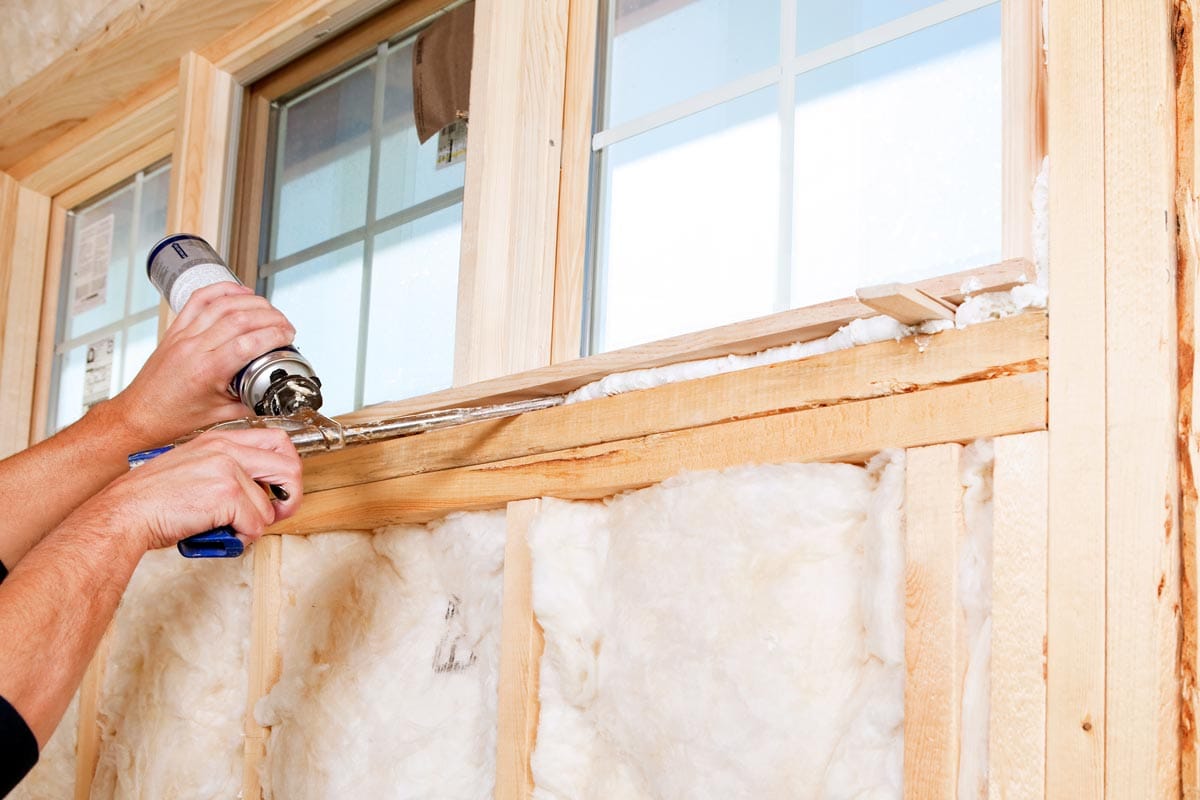
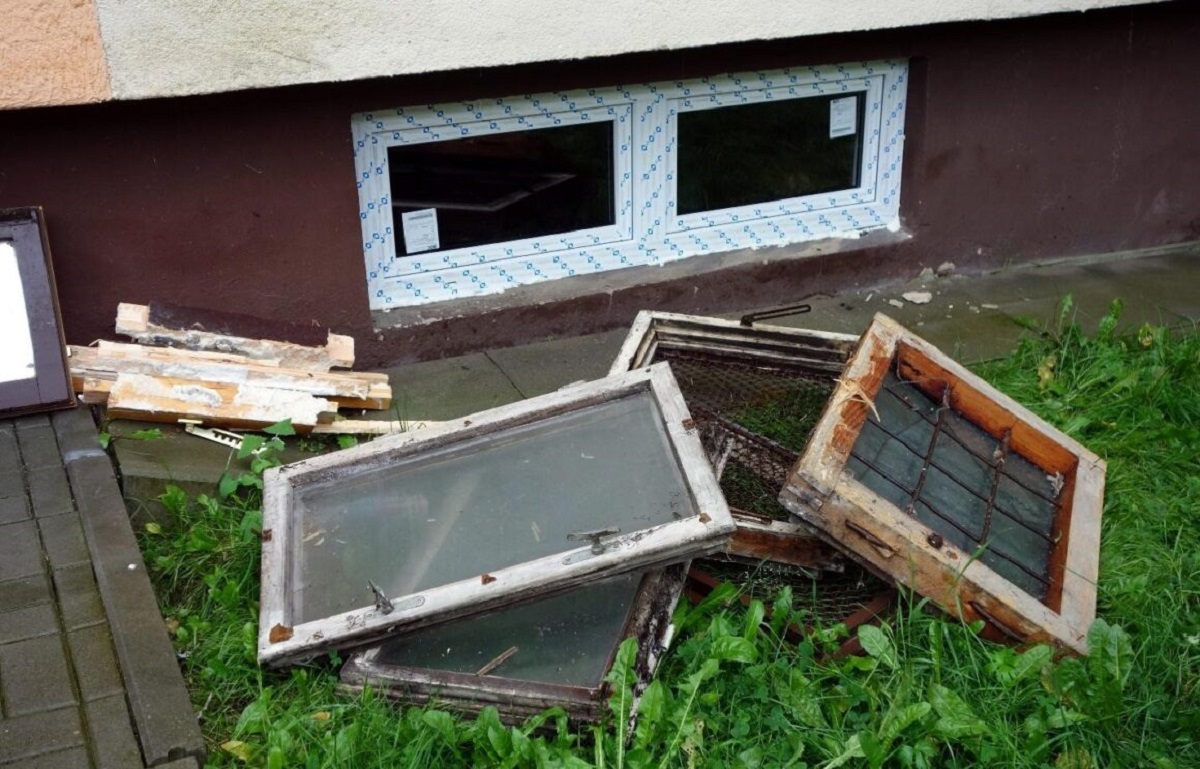
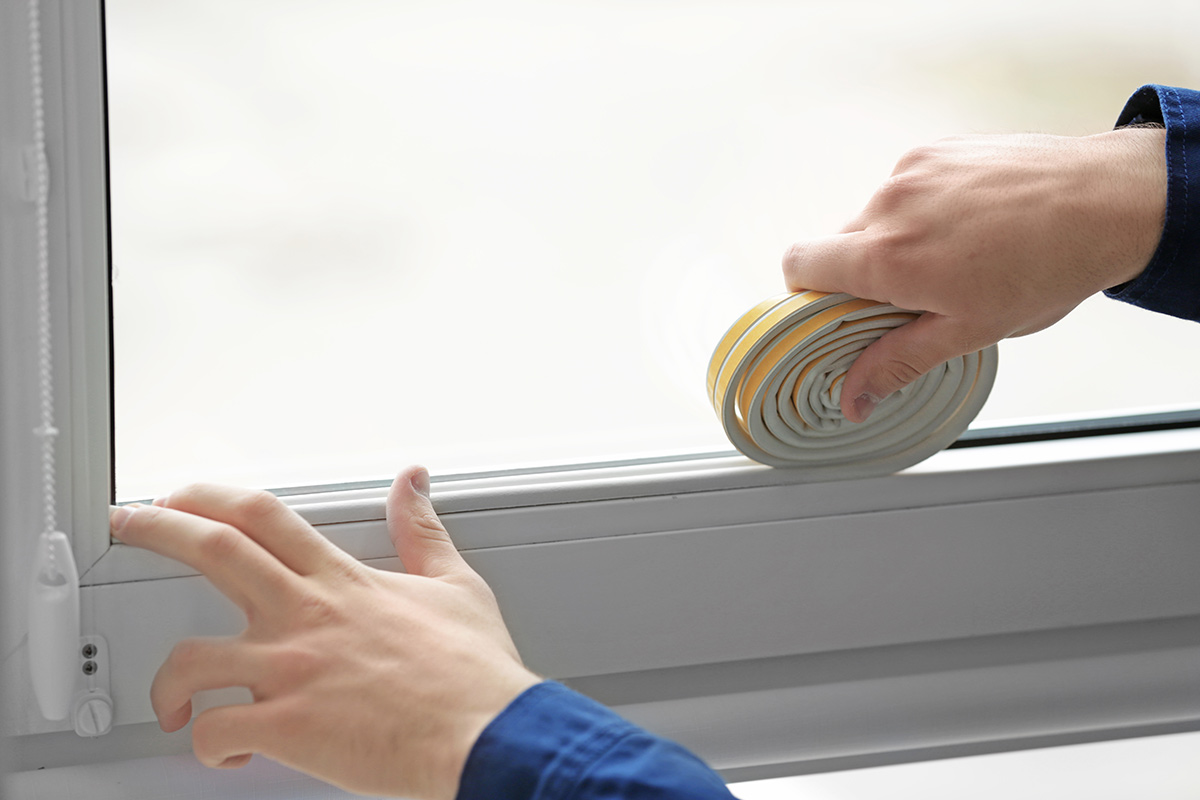
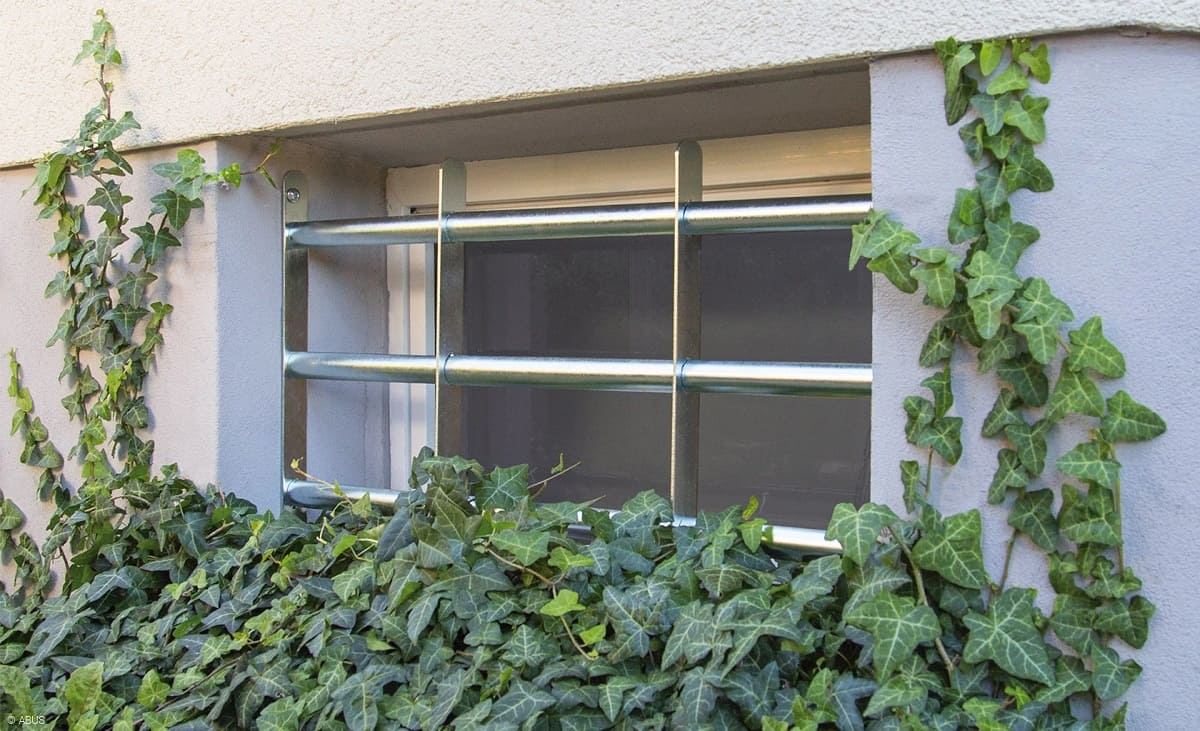
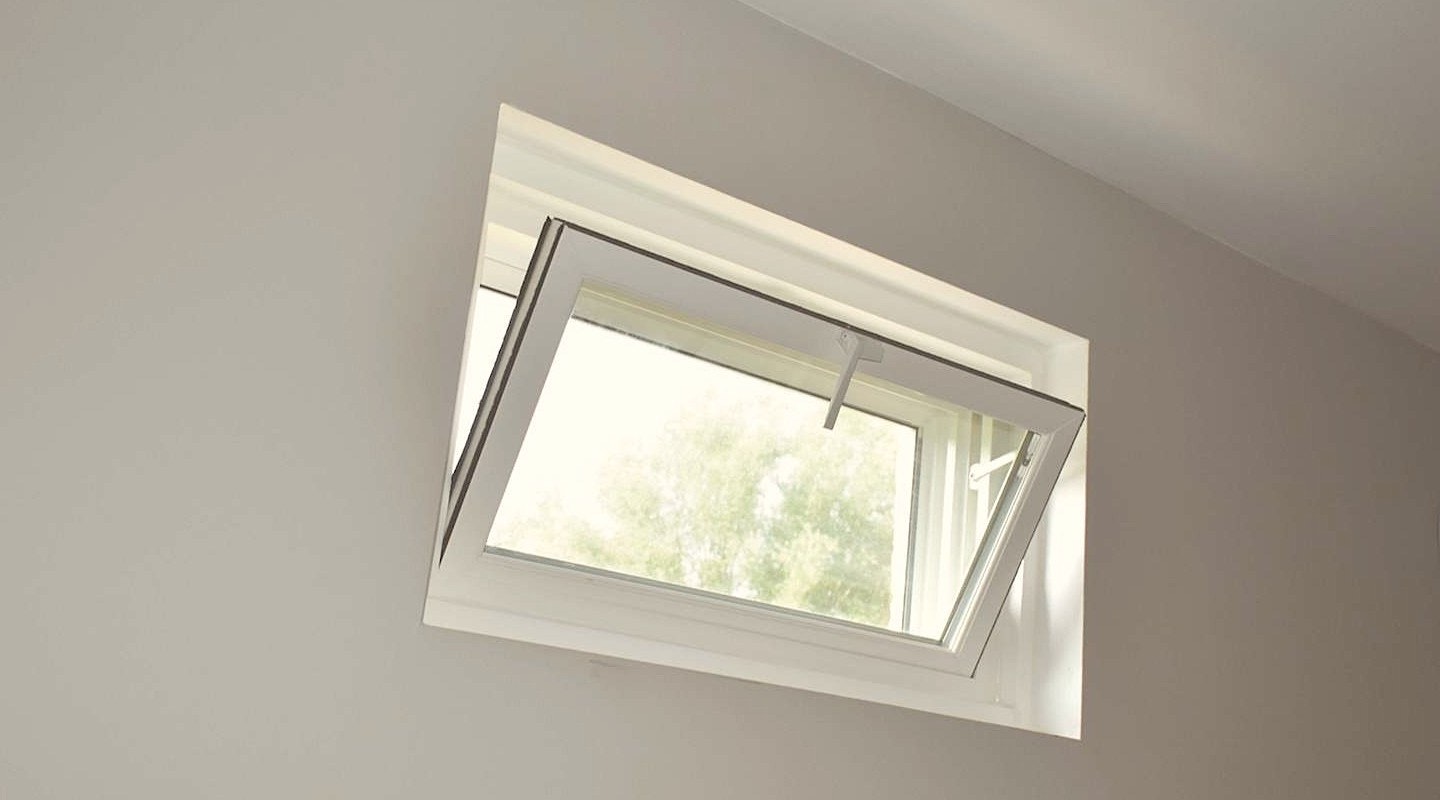
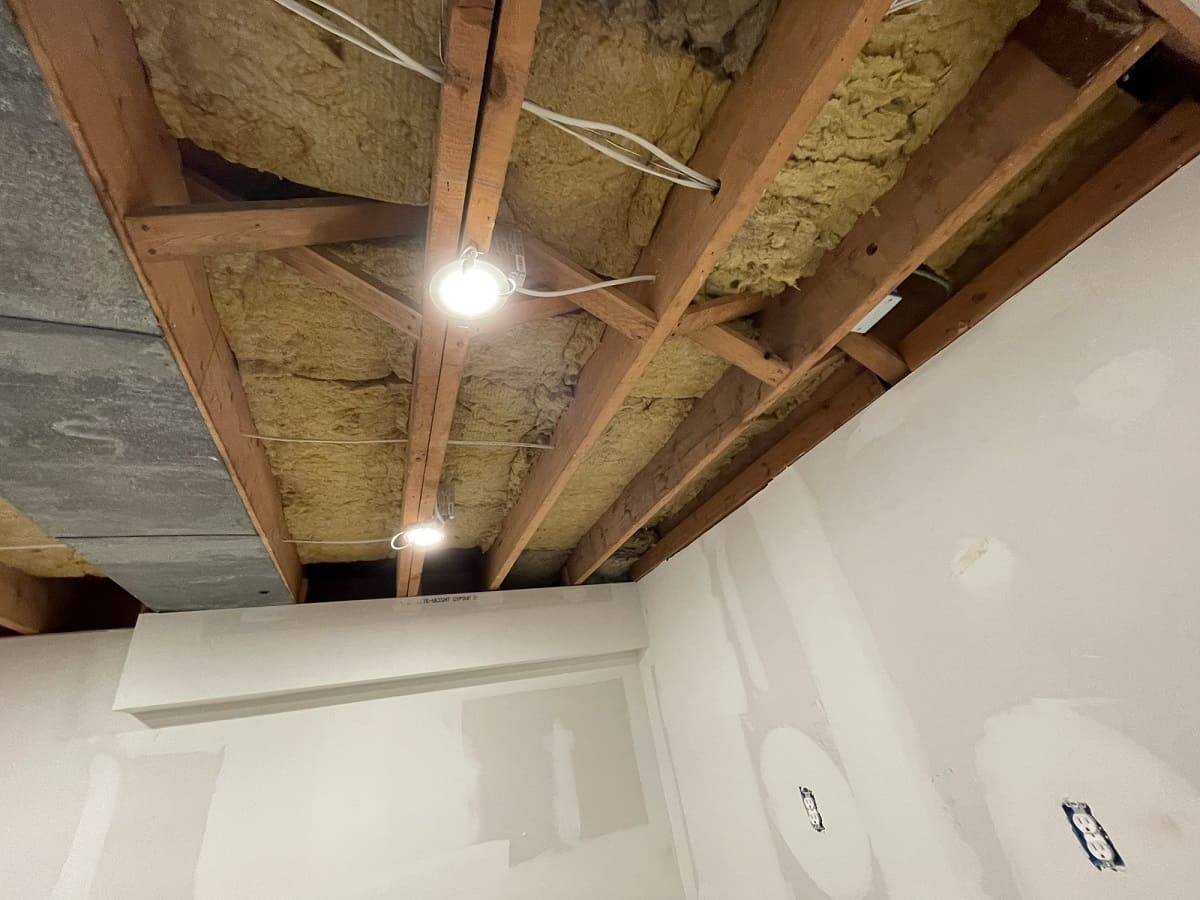
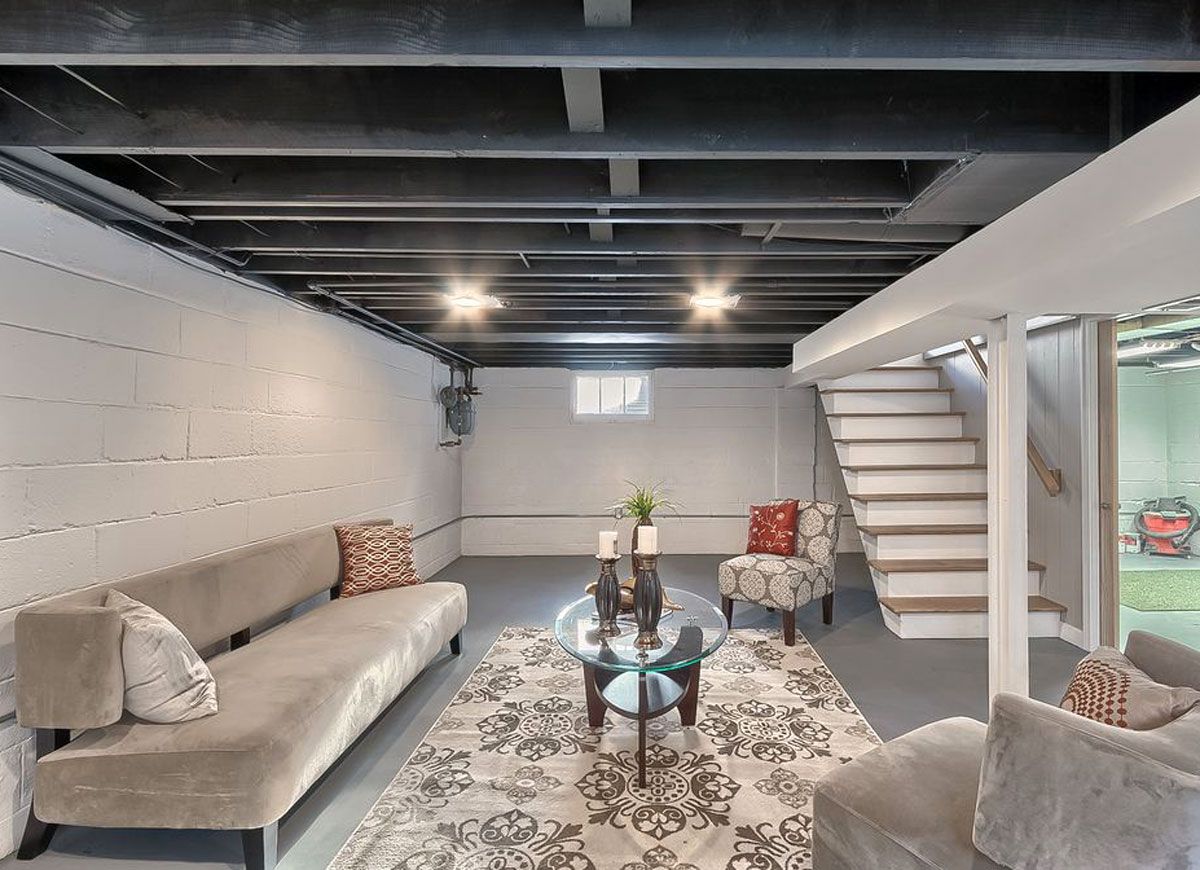
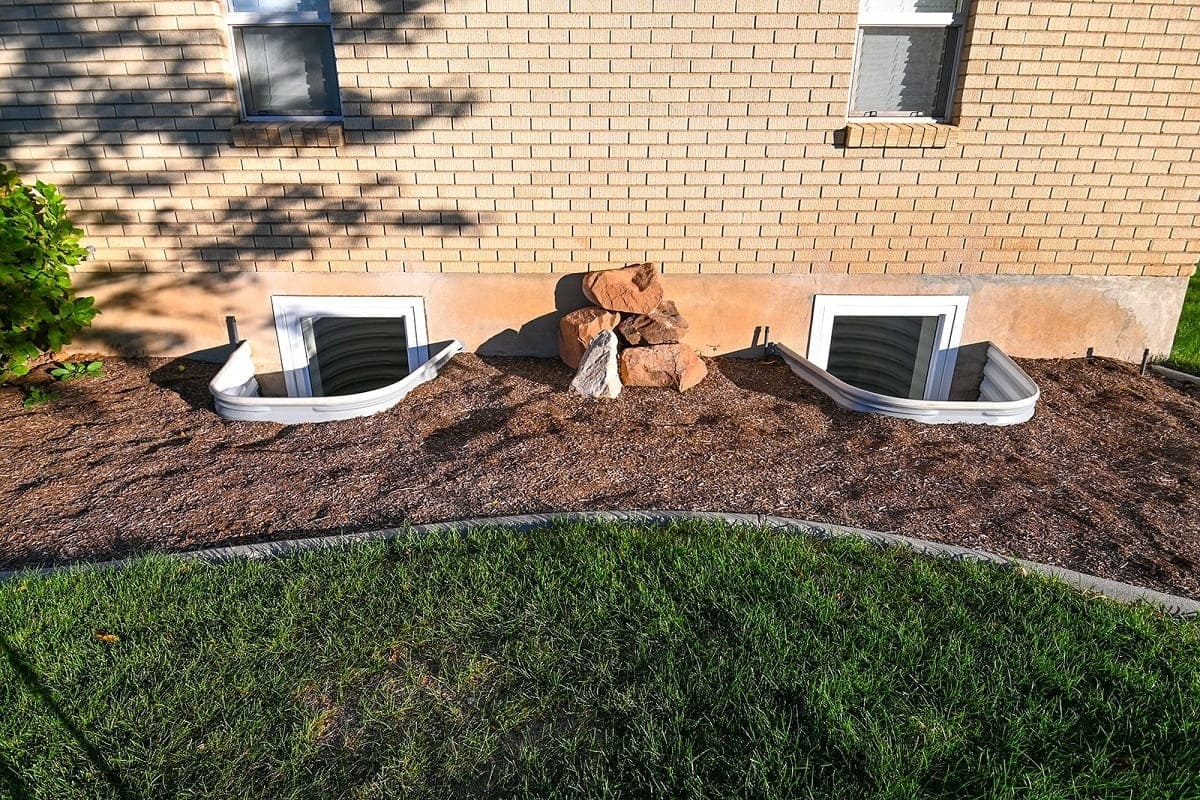
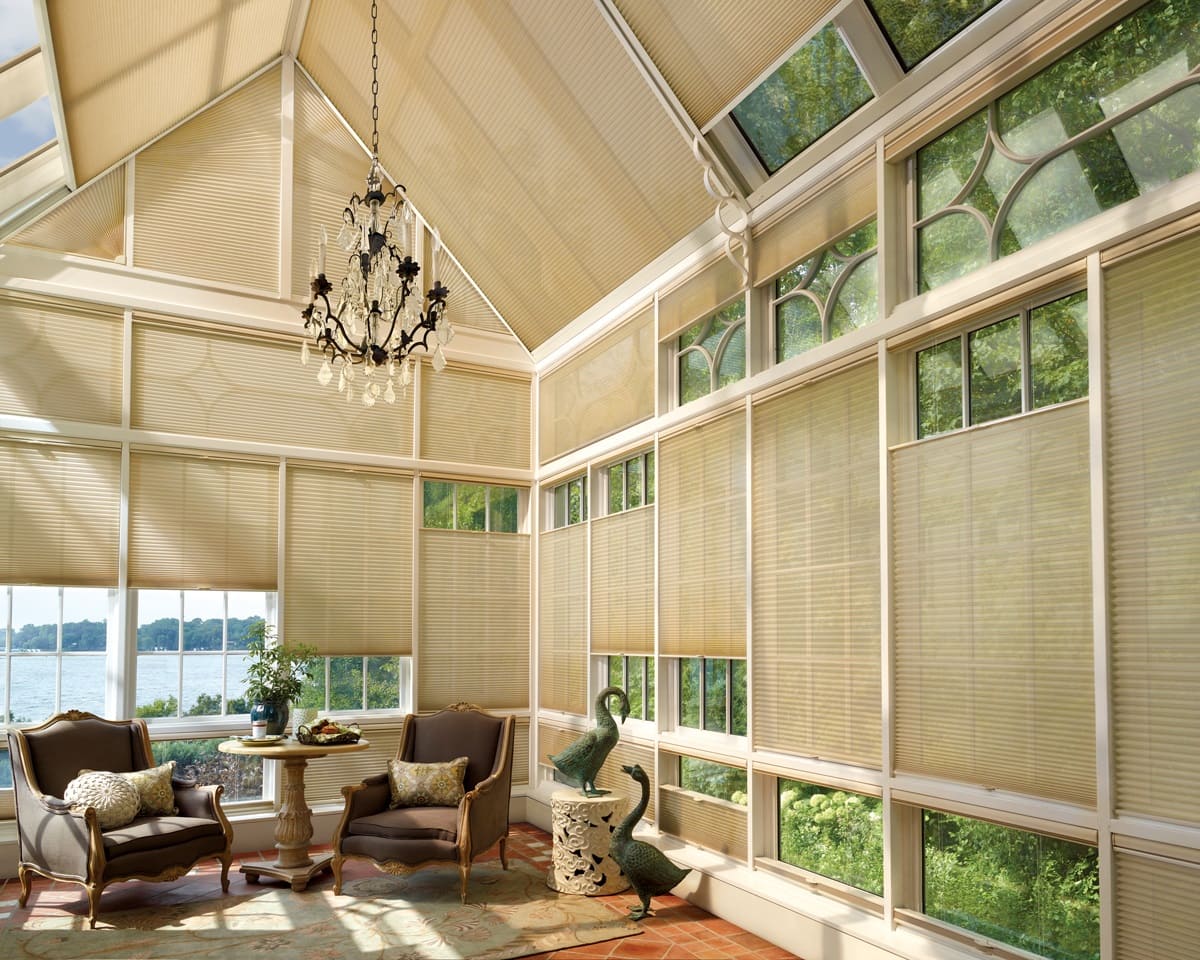
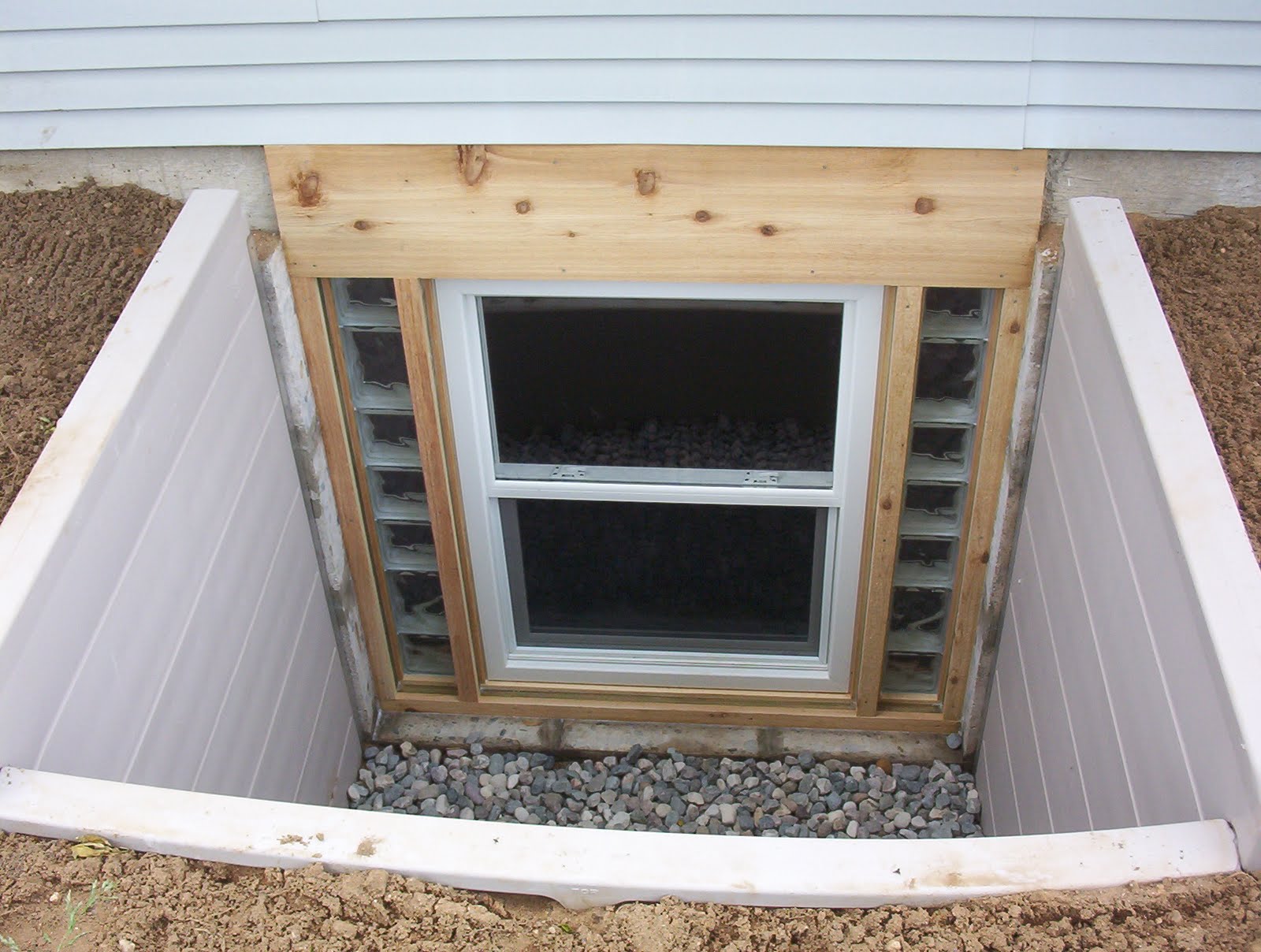
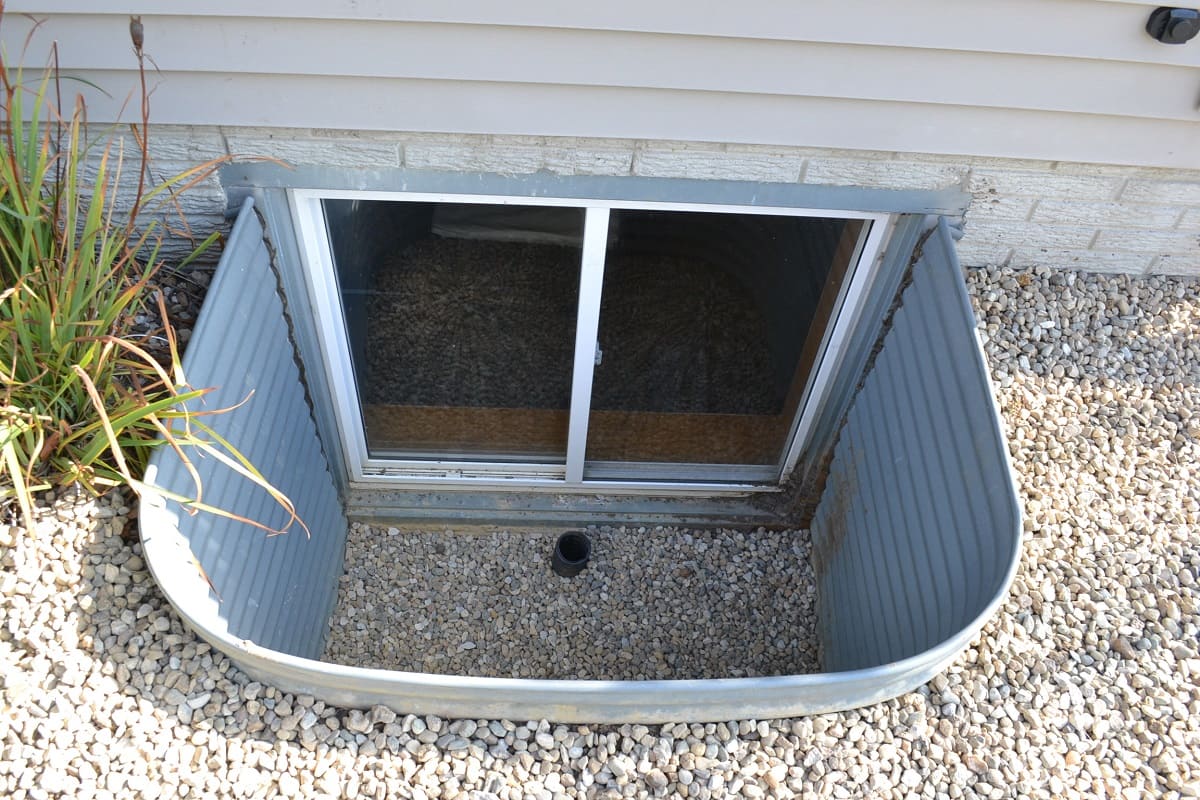
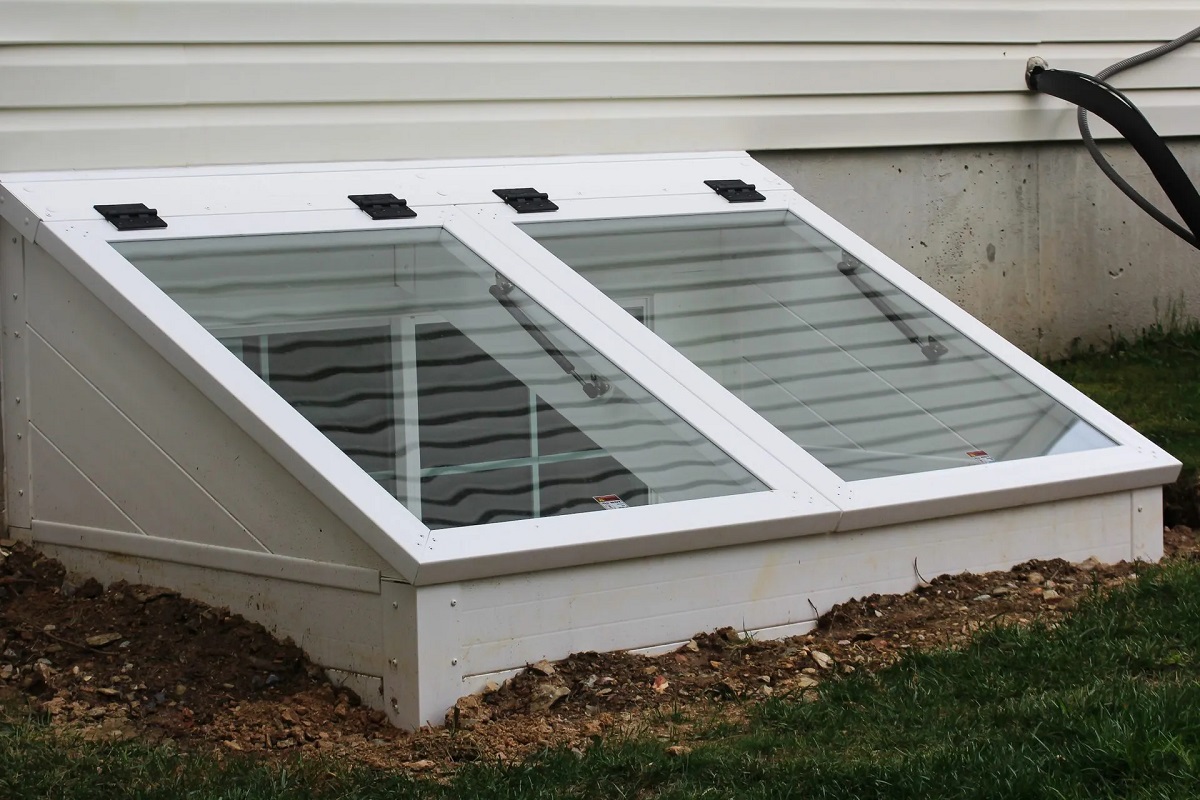
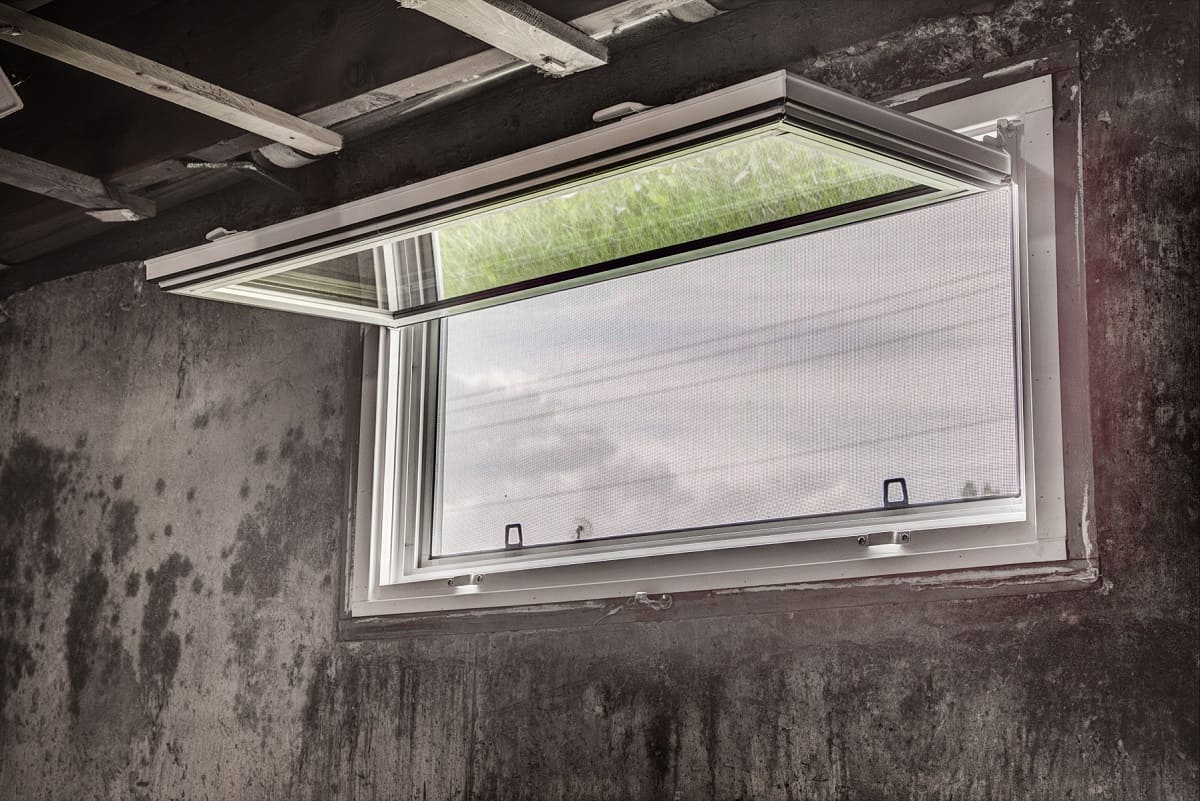

0 thoughts on “How To Cover Basement Windows”